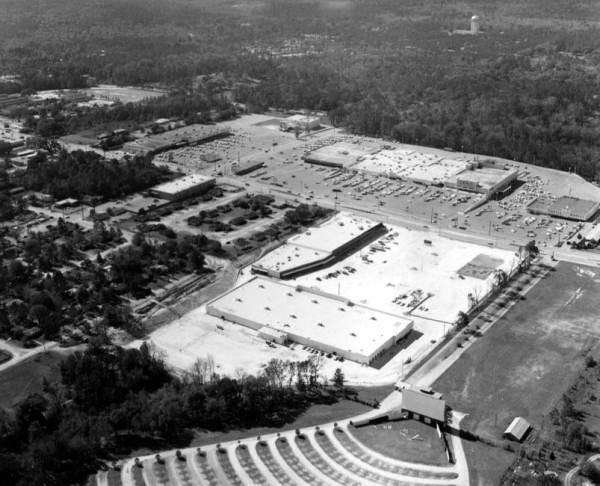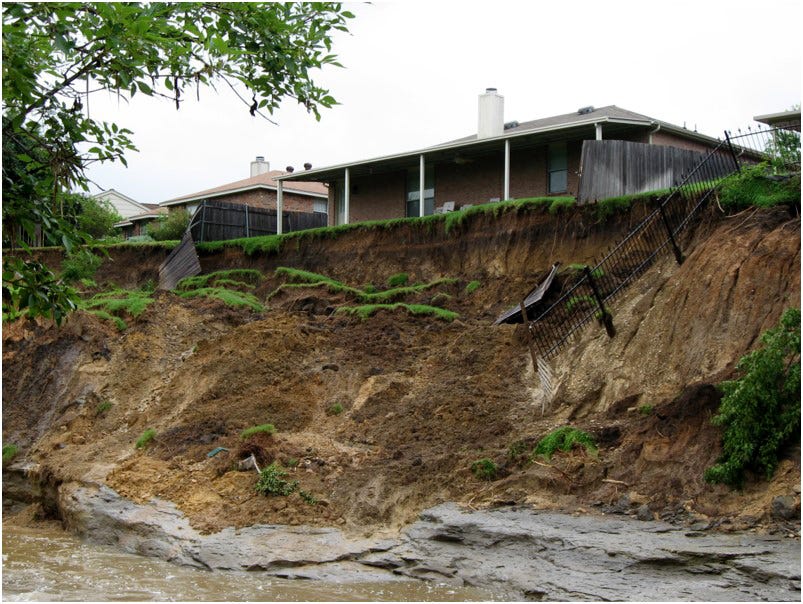Is the Earth Flat Because 900 People Say It Is?
The following essay was originally published in March 1996.
In their eagerness to find any and all arguments to fight against the trail, citizens opposed to the proposed Hogtown Creek Greenway trail in Gainesville, Florida have made several arguments that are contradictory.
For example, we are told by opponents that the trail will be environmentally destructive. Yet it is clear that a paved and boardwalked trail is far superior, environmentally, to an unpaved trail. The latter results in significant erosion and sedimentation, which degrades nearby creeks and wetlands.
In addition, unpaved trails make it more likely that trail users will, either intentionally or unintentionally, stray off the trail and into sensitive conservation areas.
Furthermore, unpaved trails discourage use by the more responsible, "family-oriented," law-abiding citizens (the very citizens most able to guard against inappropriate trail use), and encourage use by thrill-seeking, destructive mountain bicyclists.
Finally, an unpaved trail significantly reduces public access to the area, which therefore significantly reduces our ability to build public awareness of Hogtown Creek and the need to restore and protect it. The greatest threat to the creek environment is neglect in the face of incremental residential and commercial development along the creek, litter, dumping, sewer/septic releases, exotic vegetation, dogs and cats, removal of riparian vegetation by homeowners, irresponsible and unchannelized trail activity, parking lots, and roads. The creek environment will continue to suffer from these abuses until public awareness is enhanced by a publicly accessible trail.
We are led to believe that trail opponents are concerned about the safety of trail users. Yet by arguing to narrow the proposed 10-foot wide trail (the minimum width called for by national greenway trail standards), opponents increase the likelihood that the trail will experience a large number of user collisions. In addition, by fighting against a paved trail, opponents would significantly reduce the number of trail users. By doing so, the surveillance provided by an on-going stream of law-abiding citizens would be significantly reduced, which, according to police crime analysts, makes criminal activity more likely.
We are told that trail opponents are concerned about the safety of bicyclists and pedestrians -- especially those who are children. Yet by arguing against the trail, opponents force children (and other bicyclists and pedestrians) to contend with much more dangerous streets and sidewalks.
We are informed by trail opponents that they support land acquisition as a conservation strategy. Yet by fighting against greenway trails, they fight against an extremely powerful strategy for obtaining state, county, and city acquisition funds.
For 30 years, acquisition advocates have been largely unsuccessful in acquiring Hogtown floodplain land -- primarily because the public benefits were not considered substantial enough to justify the expenditure. With the proposal to install trails, on the other hand, public benefits associated with acquisition are now extremely high, and money is now finally available to purchase several hundred acres of floodplain. Should we instead go back to the failed strategy of begging for acquisition funds to simply increase the size of people's backyards? Are shopping centers and subdivisions better for the creek than trails?
We are led to believe that there is insufficient parking for the proposed trail, and that neighbors will suffer from people parking in their neighborhoods. Yet by arguing against use of the trail by bicyclists (and against paving), opponents are calling for a design which increases the need for parking, since a large number of bicycle trips to the greenway would become motor vehicle trips as a result of the trail not accommodating bicyclists.
We are told that citizens have had little opportunity to be involved in the greenway planning, that their concerns have not been addressed, and that there has been insufficient expertise involved in designing the greenway.
Yet greenways along Hogtown have been proposed and publicly discussed since the 1960s. In the 1980s, greenways became a prominent part of the City Comprehensive Plan, after approximately 50 public workshops and hearings were held.
The City took the extraordinary step of having citizens (including neighborhood representatives opposed to the greenway) design the master plan for the Hogtown Greenway. Such citizen involvement in design is almost unheard of in Gainesville.
The City has also held 8 or 9 public meetings as part of the Development Review Board review of the Phase I site plan. Ordinarily, a site plan only goes through 2 or 3 such meetings.
As for neighborhood concerns, the site plan has been modified several times to address crime, privacy, user safety, maintenance, aesthetic, and environmental concerns.
As for expertise, the site plan has benefited from review by highly qualified local botanists, ecologists, greenway designers, arborists, crime analysts, and engineers. In addition, the nation's leading greenway, wetlands, and bicycle/pedestrian safety experts have been consulted.
Finally, we are urged to take note of the fact that over 900 people have signed a petition against the proposed trail. But if 900 people claim that black is white, or that the earth is flat, it does not mean that what they claim is true -- or that what they want is in their best interest. Or the best interests of the city or the creek.
Citizens certainly have a role to play in the design of projects. But there are certain design issues that require expert consultation. Without such consultation, citizens risk calling for design strategies that run counter to their objectives, the objectives of the city, and the conservation of creeks.






